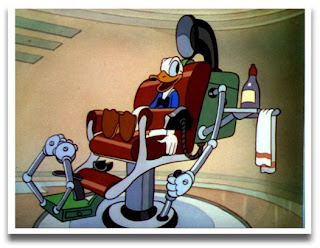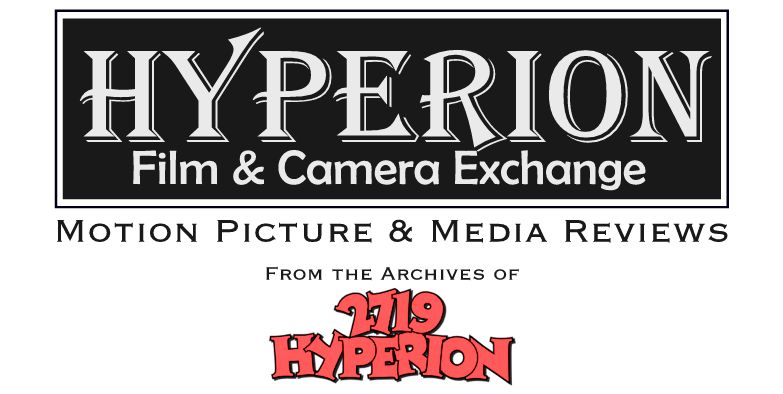 The future frequently envisioned in the 1930s was a bright and shining place, filled with tall skyscrapers and mechanical automatons that took even the most common laborious tasks and functions out of the hands of
The future frequently envisioned in the 1930s was a bright and shining place, filled with tall skyscrapers and mechanical automatons that took even the most common laborious tasks and functions out of the hands of the common citizens. It was a great big beautiful tomorrow as presented in films such as Metropolis and Things to Come and a popular culture phenomenon that ultimately culminated at decade's end in the World of Tomorrow presented at the 1939-1940 New York World's Fair.
the common citizens. It was a great big beautiful tomorrow as presented in films such as Metropolis and Things to Come and a popular culture phenomenon that ultimately culminated at decade's end in the World of Tomorrow presented at the 1939-1940 New York World's Fair.Donald Duck experienced that particular vision of the future for a brief time in 1937 when he visited the Museum of Modern Marvels in the cartoon Modern Inventions. It was released on May 29th of that year.
 The Museum, like much of era's pop culture futurism, what no so much a showcase of emerging technologies but a series of robotic appendage-based contraptions designed to perform the mundane rather than the magnificent. Hydraulic potato peelers, pneumatic pencil sharpeners and robot nurse maids were among the exhibits within the halls of the museum's sleek, streamline moderne architecture. No doubt many members of the cartoon's audience, as they were then emerging out of the throes of the Great Depression, could dream of owning a robot butler, despite Donald's own exasperation with the one that haunted his steps as he toured the museum.
The Museum, like much of era's pop culture futurism, what no so much a showcase of emerging technologies but a series of robotic appendage-based contraptions designed to perform the mundane rather than the magnificent. Hydraulic potato peelers, pneumatic pencil sharpeners and robot nurse maids were among the exhibits within the halls of the museum's sleek, streamline moderne architecture. No doubt many members of the cartoon's audience, as they were then emerging out of the throes of the Great Depression, could dream of owning a robot butler, despite Donald's own exasperation with the one that haunted his steps as he toured the museum.A standard archetype of these earlier era future visions and also present in Modern Inventions is the robotic barber chair. Donald comically gets his tail trimmed and head polished by the friendly automation. Disney would in fact revisit that concept and the whole of 1930s futurism some forty years later in a set piece of the Horizons attraction at EPCOT Center.
 Fleischer Studios, home of Popeye and Betty Boop, would also explore similar themes in 1938 with the short All's Fair at the Fair, a cartoon that anticipated the upcoming New York World's Fair. It as well featured an automated robot-based shave and a haircut sequence.
Fleischer Studios, home of Popeye and Betty Boop, would also explore similar themes in 1938 with the short All's Fair at the Fair, a cartoon that anticipated the upcoming New York World's Fair. It as well featured an automated robot-based shave and a haircut sequence.


0 comments:
Post a Comment